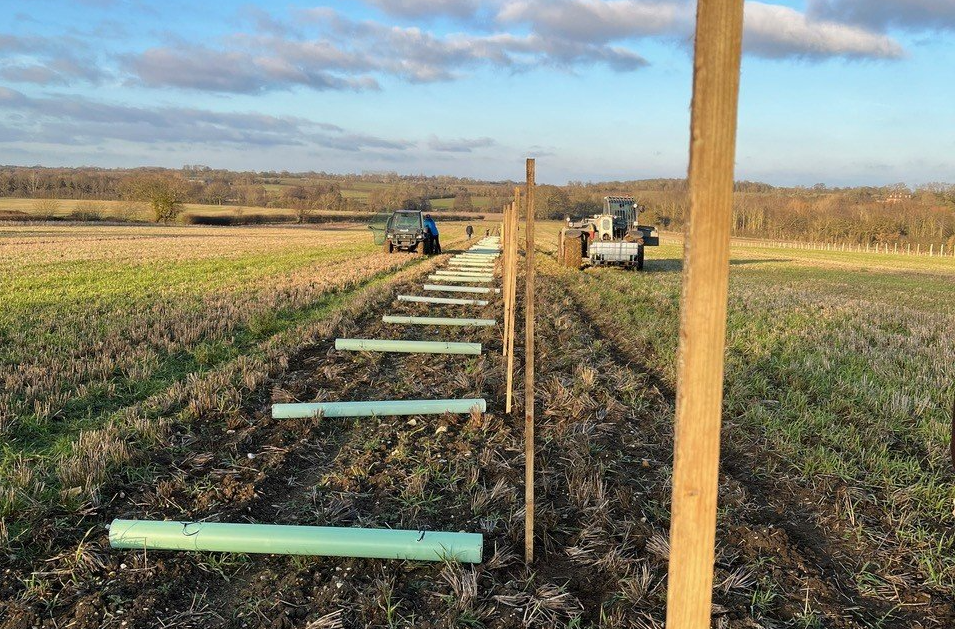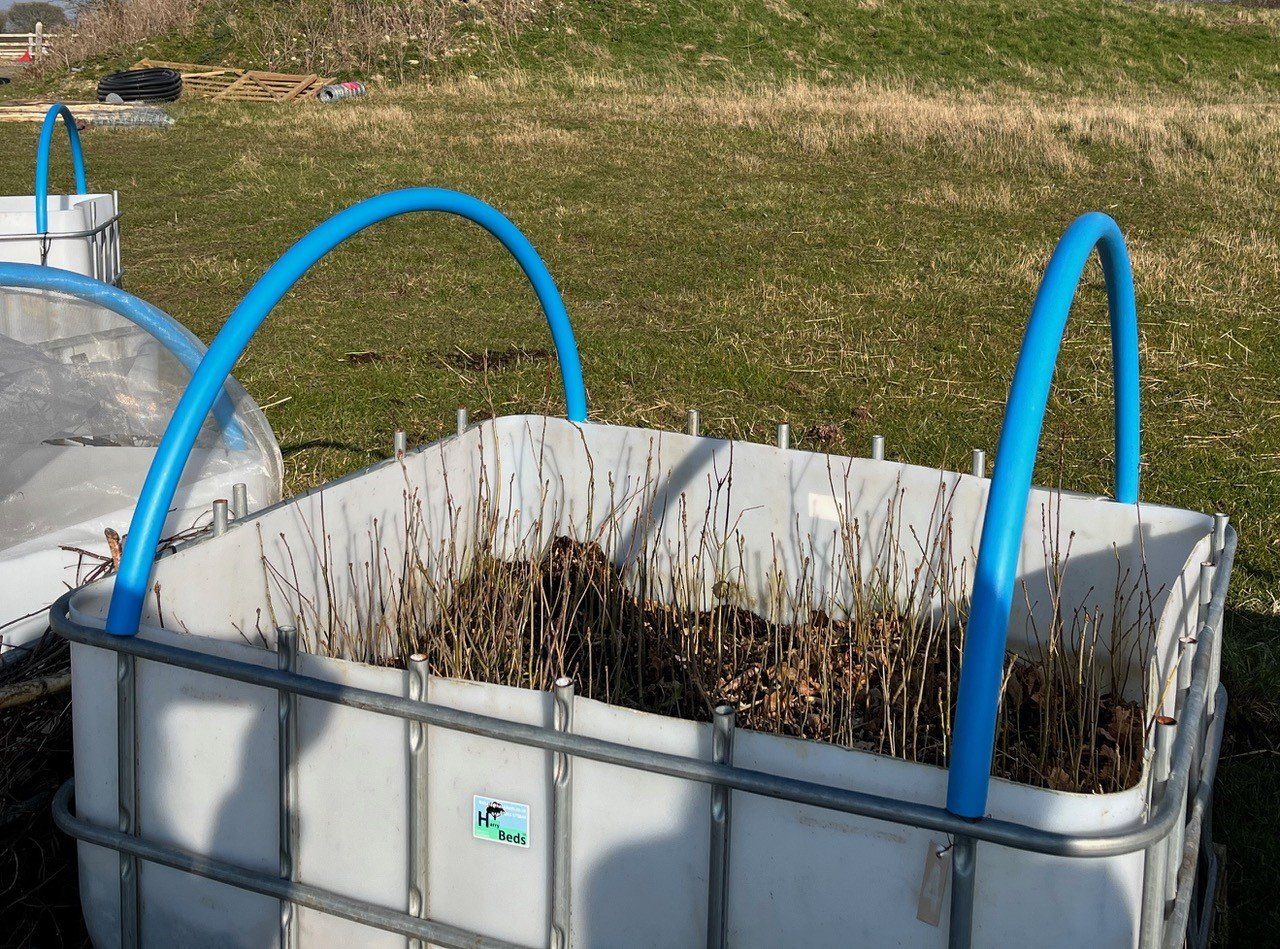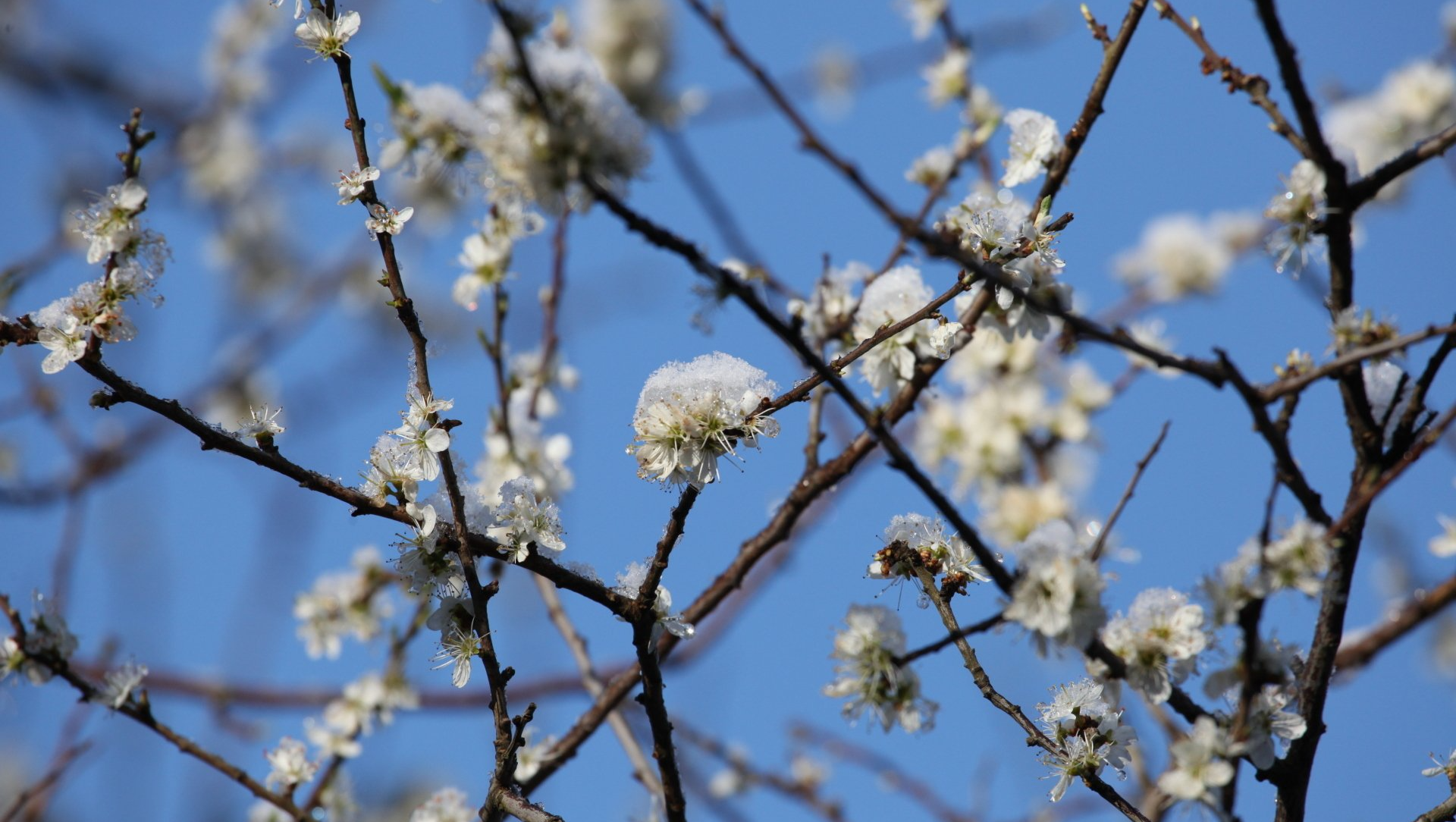Trees - The Joys of Being a Suffolk Tree Warden
The Suffolk Tree Warden Network have been operational across the county for over 30 years.
Working alongside parish and town councils, landowners and businesses, they help to protect, care for, and plant trees.
Helen Bynum is from the Network and says the work is both varied and hugely satisfying.

Suffolk’s tree wardens have deep roots. We have been active for over thirty years, planting, caring for and championing trees. When district council funding was withdrawn in 2017 existing tree wardens stepped up and organised themselves on a countywide basis. We were fortunate to receive help from our national umbrella organisation The Tree Council, and Suffolk County Council. Tree wardens work via their parish and town councils and Suffolk Tree Warden Network's (STWN’s) community involvement was celebrated in 2021 when we won the Greenest Community category at the Greener Suffolk Awards.
Since 2018 STWN has been delighted to work as a partner with the
Woodland Trust, acting as a distribution hub for those vital hedge and landowner tree packs. These are not just bundles of
field maple, rose dogwood,
crab apple,
hawthorn,
guelder rose
and
oaks, they are nascent wildlife habitats. Take just the field maple, equally at home in hedge or woodland. Liked by sap-sucking aphids it’s in a supportive food web for ladybirds and hoverflies. Mocha moth caterpillars munch its leaves. Bees swarm on the spring flowers. Insectivorous birds dine well, and fruit-eating birds share the autumn bounty with small mammals. Together our plantings have the potential for greater connectively between areas of wild and managed treescapes.

We are proud too of how we can play a part in the evolving story of agroforestry on Suffolk’s fertile land. An early STWN joint planting project with the Woodland Trust was back in November 2018 when tree wardens and friends helped with a 5000-tree scheme. This included willows for water management, shelter belts and mixed native hedges to protect a fledging agroforestry project. 800 trees went into the ground on a single November day at Wickhambrook as part of the celebrations for The Tree Council’s National Tree Week.
Community Tree Nurseries
In addition to distributing and planting trees with the Woodland Trust, STWN has also been ‘growing their own’. Over the past couple of years informal enthusiasm has been transformed into a production line thanks to funding from SCC for the STWN Community Tree Nurseries project. Even before the funding, tree warden Jeannie Buckingham had begun a tree nursery at the community-supported Farm 2 Fields in Debenham which she runs with husband Glenn.
She encouraged others to join her by suggesting they collect seeds from their favourite local trees. Looking for easy mass planting techniques for the bumper crop of acorns in the 2020 mast year, Jeannie approached a young entrepreneur Harry Daly . Harry created the HarryBeds ™ by skilfully recycling old IBCs. Filled with good quality compost and transportable on a pallet to a field planting site these came into their own on a sparkling day in January 2022.

Former NFU county chair and farm manager at Helmingham Estate Farms, Glenn Buckingham organised a planting day in late January. When the volunteers turned up several Harry beds were already sitting at the top of the site. Glenn had carefully marked out the top and bottom of a series of planting strips in two arable fields that run down to the River Deben. The riverside is already wooded and the fields hedged so the 660 trees that now populate the 14 ha agroforestry area will connect beautifully with the existing treescape. The planting lines are spaced so the farm's equipment will pass up and down and around the top and bottom of the fields with ease. As Glenn explains “Over time, the trees will sequester carbon, create landscape value, provide biodiversity gain and improve air quality.” This is food-production in a new era of food security concerns and managed wild.
The Helmingham planting included hornbeam, sweet chestnut, field maple, walnut, crab apple and holm oak. The saplings had been provided by Jeannie’s nursery with some additions from other STWN growers to ensure a good mix. These species were interspersed with an abundance of baby oaks and planted out virtually in the shadow of their parent trees. The ‘Twin Oaks’, two magnificent old veteran pollards, stand for what the 2022 planting can become in the future. It’s become a cliche but one worth repeating: oaks support more wildlife than any other tree species yet they take readily to human management. Their leaves easily break down and nourish the soil. Fungi, lichens, mosses all embed themselves. Bats thrive in the insect-rich shade of the canopies and a range of birds nest in the multiple niches offered by the trees as they mature. To help make all this happen, the Woodland Trust kindly donated tree stakes and guards and the Sicon Foundation provided mulch mats.

Get involved
Would you like to do your bit for trees and woodlands? There are plenty of ways to get involved, and not just in the Eastern Claylands – from participating in local tree planting initiatives to joining the Tree Council Tree Wardens in your area. For details on Suffolk’s tree wardens see the STWN website or follow them on @SuffolkTrees.
Community groups and schools can apply for free tree packs for winter planting on the Woodland Trust’s website at https://www.woodlandtrust.org.uk/plant-trees/schools-and-communities/. Just make sure you’ve got permission from the landowner before planting your trees!
If you’re a landowner in the Eastern Claylands and you’d like to hear more about planting trees on your land or protecting and enhancing your woodland, head over to the Woodland Trust website at
www.woodlandtrust.org.uk/easternclaylands.
WildEast Blog

Powered by LocaliQ
Follow Us
SIGN UP FOR NEWS & UPDATES
Newsletter Sign Up
Thank you for signing up to our newsletter.
Please try again later.
Privacy / Terms & Conditions / Sitemap
